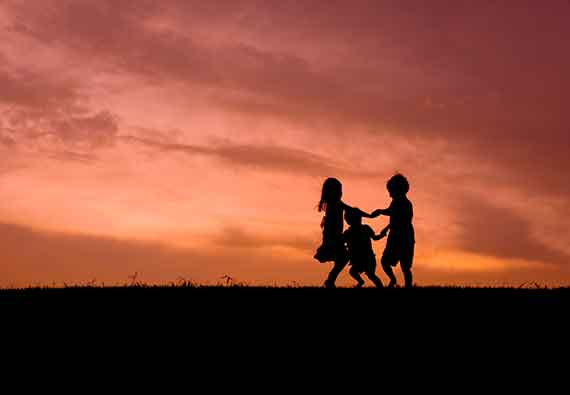The Black Death killed off a massive portion of Europe’s population. Plagues spread farther when they affect weakened people, and Europe at the time was already weakened by persistent Scottish invasions, exhaustion of the soil due to poor farming, and the introduction of more sheep, which reduced the land available for corn.
Fleas infected with the Bubonic Plague would jump from rats to travelers, killing millions and infesting the continent with earth-shaking fear. Normal people were tormented by the threat of death, causing them to change their views on leisure, work, and art. Even children suffered.
No matter how little time the poor had for recreation, or how many resources the wealthy had to distance themselves from the horrors of the plague, the Black Death worked its way into leisure time. Massive deaths and funeral processions became the subject of jokes. Eventually, death was ignored altogether. Citizens looking for scapegoats often targeted deformed, insane, and developmentally delayed, individuals. Stoning someone perceived as a witch alleviated boredom and became an outlet for their emotions.




